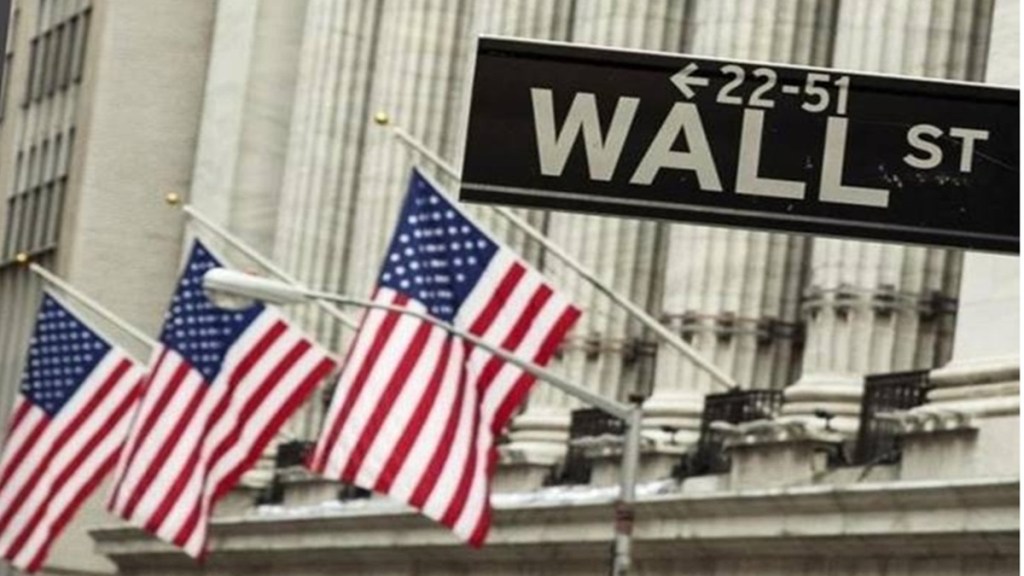US stock markets were closed on December 26, and on Tuesday, December 27, the first trading day after the Christmas holiday, the S&P 500 closed down by 0.40% while Nasdaq Composite closed 1.38% lower. Dow 30 recorded a gain of 0.11%. On Wednesday, equity futures were trading in green but not showing strength for any signs of a Santa rally.
A Santa rally in the stock market is referred to the positive sentiment starting a day after the Christmas holiday ( five trading days after Christmas) and going up to two trading sessions in the New Year. As Monday, December 26 was a deferred Christmas holiday with both the Nasdaq stock market and NYSE closed on Monday, the trading week begins Tuesday, December 27. Incidentally, on Friday last week, the markets ended the session in green. It remains to be seen how the stock prices react till January 3 closing of the market. January 1 is a Sunday and the US stock market will observe a holiday on January 2 for the New Year. History shows that about 75% of the time, U.S. equities have increased over the final five trading days of December and the first two trading days of January.
Investors are expecting that a Santa Claus rally in the stock market would lessen the pain of a difficult year for US stocks and possibly improve the picture for 2023. So far, the S&P 500 is down by 19% while Nasdaq 100, the tech-heavy index is lower by 33%, in 2022. Interestingly, over the last 3 months, the Dow 30 index is up by nearly 12%.
After the Christmas holiday, as traders are set to return to their terminals on Tuesday a bounce in the amket could be seen. Good news for the market is from China as it seems the country will eliminate quarantine requirements for inbound visitors, easing three-year border controls aimed at combating COVID-19.The National Health Commission issued a statement that it will also reduce the severity of COVID-19 because it has become less virulent and will gradually evolve into a common respiratory infection.
Also Read: S&P 500 sectors with the highest buy rating from analysts
The U.S. housing market and jobless claims data are the only two economic reports due over the next few days. With many Wall Street investors away for the holidays, stock market liquidity is anticipated to drop to close to its lowest levels of the year.
The rate cut, if any, as per the current data, may happen only in 2024 is what US Fed has already indicated to the market. However, if inflation continues to decline, as seen in October and November CPI data, the Fed will be able to stop rising interest rates earlier than expected, which will have a significant impact on the market’s trajectory. Although annual inflation surged at its weakest rate in 13 months and US consumer spending hardly increased in November, it is likely that this will not deter the Fed from raising interest rates in 2023.
Also Read: How will the stock market react when a US recession gets officially declared?

